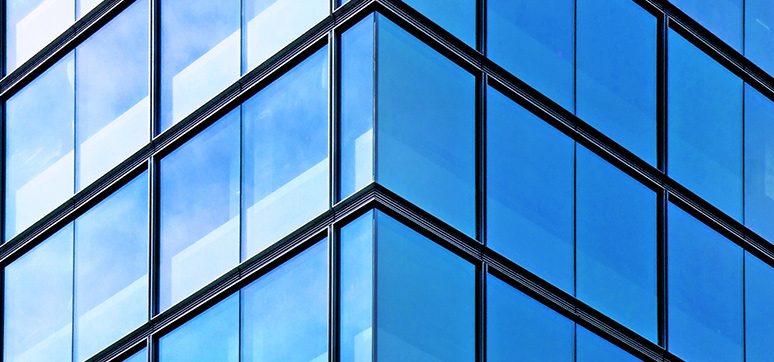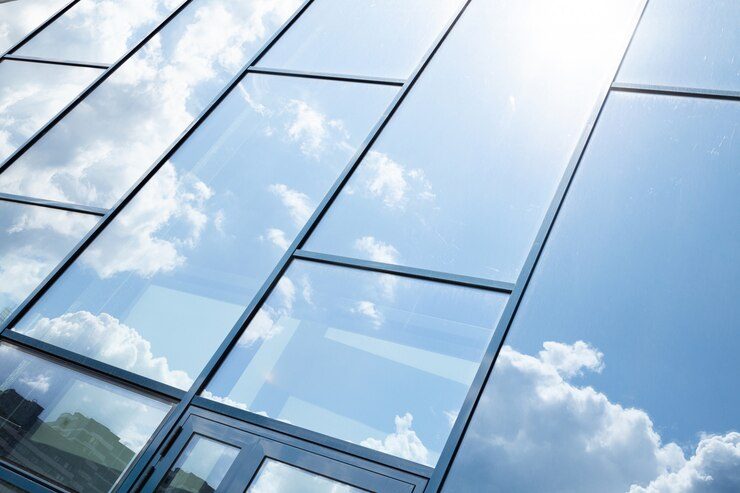Silver State Glass & Mirror Co
Licensed & Insured
License | Lic #4990A
- (702) 382-1400
-
2825 East Fremont Street,
Las Vegas, Nevada 89104,
United States
Commercial
Residential
Silver State Glass & Mirror Co. installs top-of-the-line curtain wall systems in Las Vegas, giving elegance, energy efficiency, and durability to commercial and residential properties around it. Install an all-glass shimmering curtain wall, should style appeal?
It is a lightweight aluminum-glass configuration that skins the outer surface of a building with no support in the bearing of weight. Protects against the weather, enhances insulation, and gives your property a clean, modern facade.
Take your building to the next level with a sleek high-end Commercial Glass finish.
Keep your indoor temperatures stable while lowering your energy costs.
Withstands extreme heat, winds, and dust.
Custom made to suit both the specific style of your building and your needs.
A team of professionals to make sure your new curtain wall is an exceptional installation that lasts.


Curtain walls are designed to protect against winds, rain, and other elements. The glass is treated to withstand extreme weather conditions, ensuring safety and protecting the building’s interior from potential damage.
They are easy to install and maintain, making them cost-effective for new construction and renovation projects. They allow for shorter construction time, reduced labor costs, and easy replacement of damaged panels.
Silver State Glass & Mirror Co. is here to help with curtain wall solutions whether it is a new construction or an upgrade. Call and arrange for a free consultation today!
A window wall is a type of building facade designed with large glass panels. In contrast, a curtain wall is a non-load bearing exterior wall made of thin glass panels attached to the building’s structure. Unlike window walls, curtain walls only serve aesthetic purposes and do not support the weight of the building.
They are installed by attaching metal frames to the building’s structure and then inserting the glass panels into the frames. The frames are then sealed to prevent air and water from entering the building.
They offer several benefits to a building, including increased natural light, improved energy efficiency, and noise reduction. They also provide a modern and sleek appearance and can be customized to fit the specific design and aesthetic of a building.
Yes, They can be customized to fit different architectural styles. They can be made from a variety of materials and can be designed to match the look and feel of the building they are being installed on, whether it is modern and sleek or traditional and ornate.
They can be used for a wide range of buildings, including commercial, residential, and institutional structures. The building’s design and materials used will vary depending on its location, function, and other relevant factors.
Licensed & Insured
License | Lic #4990A
Commercial
Residential





























